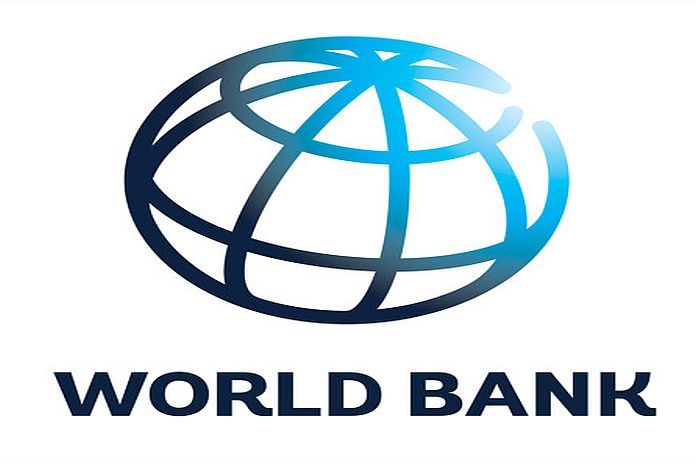WASHINGTON, USA – Economic growth for the emerging market and developing economies (EMDEs) of the Europe and Central Asia region has been revised up to 2.4 percent for 2023, says the World Bank’s Economic Update for the region, released today.
The pickup in growth reflects improved forecasts for war-hit Ukraine and for Central Asia, as well as consumer resiliency in Türkiye and better-than-expected growth in Russia because of a surge in government spending on the military and social transfers. Excluding Russia and Ukraine, regional output is expected to grow by 3% in 2023. Nevertheless, growth remains weak relative to the long-term pre-pandemic averages. Overall, growth in half of the Europe and Central Asia countries is expected to be slower or little changed in 2023 than in 2022.
During 2024-25, growth is expected at 2.6 percent a year, amid a weak expansion in the European Union (EU) – the region’s largest trading partner – high inflation, tighter financial conditions, and spillovers from Russia’s invasion of Ukraine.
“Overlapping shocks from Russia’s invasion of Ukraine, a cost-of-living crisis, and climate risks are creating formidable challenges in Europe and Central Asia,” said Antonella Bassani, World Bank vice president for the Europe and Central Asia region. “A new approach will be necessary for countries to revive productivity growth, achieve better economic and social outcomes, improve resilience, and accelerate efforts to decarbonize the economy.”
Downside risks cloud the outlook for the EMDEs in Europe and Central Asia. High inflation may persist amid heightened volatility in global commodity markets and a surge in energy prices. Global financial markets may become more volatile and restrictive due to tightening financing conditions. Global growth for 2020-2024 is weaker than during any five-year period since 1990 and may weaken further.
“Fiscal deficits are broadly unchanged this year despite earlier plans by governments to implement fiscal consolidation after large increases in spending over the last several years due to COVID and the cost-of-living-crisis,” said Ivailo Izvorski, World Bank chief economist for Europe and Central Asia region. “The rising cost of population aging, higher interest payments, the needed investment for climate mitigation and adaptation, and managing other overlapping crises will keep up the pressure on government budgets.”
Ukraine’s economy is likely to grow by 3.5 percent this year after a contraction of 29.1 percent in 2022, the year when Russia invaded the country, thanks to more stable electricity supply, increased government spending, ongoing donor support, a better harvest, and the rerouting of some exports through the country’s western borders.
Türkiye is set to grow by 4.2 percent this year, reflecting reduced policy uncertainty and resilient consumer demand. However, growth is likely to slow to an average of 3.5 percent in 2024 and 2025 as domestic demand cools in the face of rising interest rates and gradual fiscal consolidation. In Russia, surging government spending and resilient consumption are likely to result in growth of 1.6 percent in 2023, weakening to 1.3 percent in 2024 and 0.9 percent in 2025 due to capacity constraints and slowing consumer demand.
In Central Asia, growth is expected to strengthen to 4.8 percent this year, and is expected to average at 4.7 percent for 2024 and 2025, assuming that inflation moderates.
By contrast, growth in the Western Balkans is projected to slow to 2.5 percent this year, with a projected pick up to 3.3 percent for 2024 and 2025, reflecting moderation of inflation pressures, a gradual recovery of exports, and increasing public spending on donor-backed infrastructure projects. In 2023, consumption remained resilient in Albania, Kosovo and Montenegro, buoyed by the recovery in tourism, but weakened in Bosnia and Herzegovina, North Macedonia, and Serbia due to weaker export demand from the EU.
Stronger trade and larger inflows of money and people have continued to support economic activity in some economies, notably in Central Asia and the South Caucasus. Armenia, Georgia, and Tajikistan remain the top growth performers in the region for the second year in a row.





